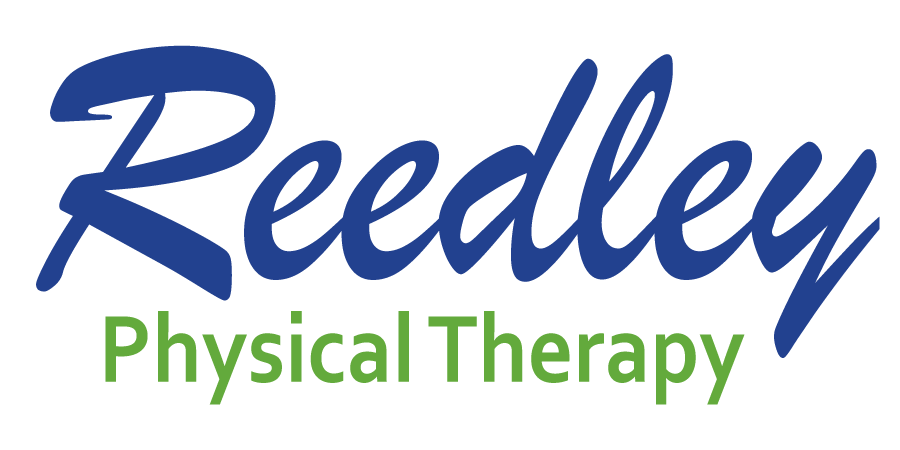Movement is Medicine: How to choose a gym that fits your needs
Every January, the commercial airways and cyberspace are filled with advertisements for weight loss and fitness programs, from big-box gyms and diet shakes to a personal trainer and nutritional specialists. You have decided, once again, that you want to get in better shape and lose that holiday weight. You have vowed that this year you are serious and really want to have that “beach body” by spring break or summer vacation.
You have tried doing this on your own for several years, and it just doesn’t seem to be working. You keep seeing pictures of celebrities in their skinny pants and ask yourself, “why not me?” You are serious and are willing to spend the time and money so you can meet your goals. Just to prove how serious you are, you made a public declaration on Facebook and challenged your friends to join you in your quest to be the best. However, what program have you chosen, or what gym did you join? Where do you begin?
One of the first things you should do is make sure that you are healthy enough to exercise. That always sounds odd, but maybe it has been a while since you ran or lifted any weights. According to the American College of Sports Medicine (ACSM) you should consult your doctor using the following guidelines:
- You’re older than 35 years.
- You have a family history of heart disease before age 60.
- You smoke or you quit smoking in the past six months.
- You don’t normally exercise for at least 30 minutes, most days of the week.
- You’re significantly overweight.
- You have high blood pressure or high cholesterol.
- You have type 1 or type 2 diabetes, or you have impaired glucose tolerance (also called prediabetes).
Further guidelines and pre-exercise screening questions can be found on the Mayo Clinic website www.mayoclinic.org or the ACSM website. When in doubt, get checked out.
So you are cleared and ready for exercise. Let’s look at your goals and see what environment would help you reach those goals safely. Every large gym in the country will start running specials, such as pay for a year and get one free and bring a friend and a get a free month. These are where the deals are to be made. No small gym owner can compete with $10/month. These gyms are great for the person who just wants to go in and work out on their own. However, be aware that there isn’t motivation on their part for you to keep coming or reach your goals. It is up to you.
Now you think you want a personal trainer. This field is filled of individuals with varying credentials. Any reputable personal trainer should ask you a few questions about your fitness goals and general health. They should be able to take your goals and develop a plan for you, and hold you accountable. Check their credentials. Not all personal trainers need to have a Ph.D. in exercises physiology, but they should have some credentialing. The ACSM, and the National strength Coaches’ Association (NSCA), offer various certifications that require coursework obtained at a four-year college. AFPA, NASM and ACE offer a variety of certifications that might meet specific criteria, such as group exercise instructor, or movement based instructor. Any of these credentials, plus a few others not mentioned should demonstrate a minimal level of competence in that individual to keep you safe. Do your due diligence. Personal trainers cost more, but you are hiring someone to do more than just show you how to use a machine. They should be able to teach how to do each exercise correctly and safely, as well as correct your technique.
You should be given nutritional advice or a referral to a nutritionist if you are diabetic or pre-diabetic.
Boot camps are becoming more popular. These are often held within a gym or often meet outdoors at a public park. The boot camp instructors will take you through a high-intensity workout that usually keeps you moving the entire time. This is comparable to old-school aerobics classes turned up several notches. Many people aren’t ready for the rigors of a boot camp and get injured in the first few days. Listen to the instructor and modify. Remember, you are in this for the long haul. Once you start, there is no quitting.
The general rule is that it takes 21 days to change or start a habit. This includes exercise. However, there doesn’t appear to be any significant studies that can confirm this statement. I have usually seen people start an exercise program and be committed for one week, get too sore and only exercise a few times the next week and give up by week three. Therefore, if you commit and plan out three weeks, you are most likely to start feeling better and want to continue.
Start putting those power phrases on a card and pin it on your fridge or bathroom mirror. Phrases such as, “commit to be fit,” “no excuses,” “train don’t’ strain,” “plan your work and work your plan,” and my favorite: “pain takes no holiday.” So, whatever gym or exercise class you choose, plan it out and keep moving.
“Stay healthy my friends.”
Lance Hairabedian EdM, PTA is a physical therapist assistant at Alliance Health. He will be happy to answer questions submitted to lance@reedleyphysicaltherapy.com. Learn more about movement, fitness and health in this space each week, on our Facebook page, by going to www.alliancehealthfresno.com, or calling 478-5833.
This article first appeared in the Hanford Sentinel, Movement is Medicine column, written by Alliance Health.


